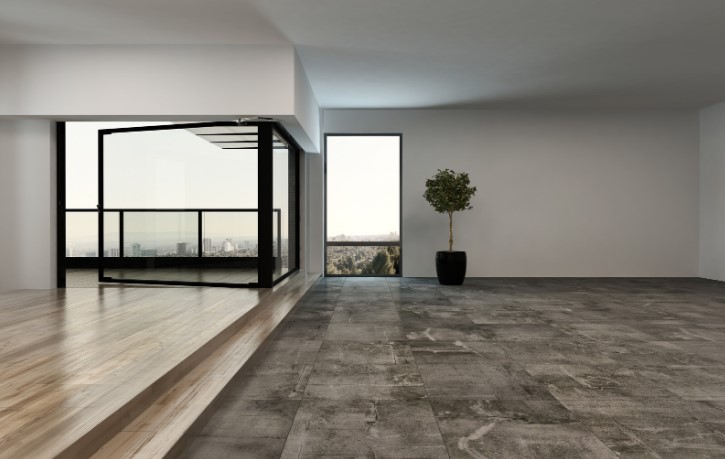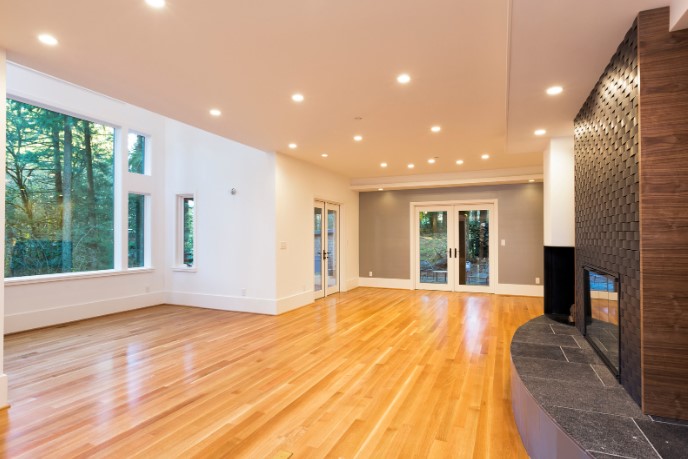When planning a pool renovation or building a new swimming pool, the choice of tile is a detail that defines both function and aesthetics. From safety and durability to color and texture, each decision shapes your pool’s lifespan and your daily enjoyment. With increased demand for expert guidance, companies like TAMPA BAY FLOORS provide specialized pool tile services in St Petersburg, helping homeowners find the ideal product for their space, climate, and budget. Understanding the considerations and options available is key to achieving a stunning, resilient result that complements your home’s character.
Key Factors in Selecting Pool Tile for American Homes
Selecting pool tile requires careful evaluation of several core factors. Pool environments are uniquely harsh: water chemistry, sunlight, and cleaning agents all impact material performance. Durability comes first. Porcelain and glass tiles dominate the market for their resilience against freeze-thaw cycles, chemical exposure, and algae growth. Porcelain, denser and less porous than ceramic, boasts high resistance to fading and cracking, making it a staple for both pool interiors and waterlines in regions with dramatic temperature swings.
Slip-resistance is vital, especially for pool steps and surrounding decks. Textured porcelain or specialty glass mosaics can mitigate the risk of slips while ensuring easy cleaning. For those seeking a bold, modern look, glass tiles offer iridescent hues and reflectivity that brighten any pool, but require professional installation for lasting performance.
Aesthetic choices play a defining role. The color, pattern, and finish of your pool tile can influence water color—cobalt or turquoise glass, for example, deepens blue tones while light neutrals yield a classic, crisp appearance. Mosaic patterns allow for creative expression, from simple waterline borders to complex underwater murals.
Equally important is the grout. Epoxy grout offers unmatched resistance to stains, chemicals, and mold but demands precise application. Cement-based grout costs less but may require regular sealing and maintenance.
Consider regional factors too. In the USA, sun exposure, temperature variation, and local water type (hard or soft) all impact tile performance and maintenance requirements. Consult with qualified installers who understand these nuances for optimal results.
Comparing Tile Types: Porcelain, Glass, and Natural Stone
Modern pool design offers a rich array of tile options, each with distinct attributes and installation requirements. TAMPA BAY FLOORS provides guidance informed by experience, helping homeowners weigh options like porcelain, glass, and stone for the best fit.
Porcelain remains the most popular pool tile material across the country due to its density, slip resistance, and affordability. Advances in digital printing now enable porcelain tiles to mimic natural stone, wood, or intricate designs without sacrificing practical benefits. These tiles are ideal for both waterlines and interiors, offering a wide choice of textures and colors.
Glass tile delivers unmatched brilliance and depth of color. Available in a spectrum from translucent to opaque, glass mosaics create dazzling visual effects underwater and are impervious to stains and discoloration. Their reflective properties enhance light in shaded pools but require careful professional installation, as improper setting or back-buttering can produce visible flaws.
Natural stone tiles—such as travertine, slate, and granite—bring organic texture and earth-toned elegance. When sealed properly, stone can be used for pool coping and surrounding decks, offering a slip-resistant, heat-reflective surface. However, stone is less forgiving than porcelain or glass in freeze-prone areas and demands vigilant sealing to guard against staining, efflorescence, and degradation.
Maintenance Requirements

Maintenance varies by material. Porcelain and glass need only regular brushing and pH-balanced cleaning to stay pristine, while stone surfaces benefit from periodic sealing and gentle cleansers free of acids or bleach.
Installation Complexities
Professional installation is critical. Glass and mosaic tiles require perfectly smooth substrates; uneven surfaces can cause cracking or incomplete adhesion. Certified crews prevent costly mistakes and ensure warranties remain valid. TAMPA BAY FLOORS offers a full spectrum of products, as seen on their website Tampa Bay Floors tampabayfloors.us, where homeowners can browse styles and schedule consultations.
Pre-Installation: Preparing Pool Surfaces for Tile Application
Proper surface preparation underpins every successful pool tile installation. TAMPA BAY FLOORS recommends a meticulous approach, especially for older or renovated pools that may harbor invisible cracks or uneven surfaces. The company TAMPA BAY FLOORS has highlighted the importance of using specialized repair solutions such as https://tampabayfloors.us/services/prepping/floor-crack-repair before any tiling begins, preventing water infiltration and future tile failure.
A thorough inspection should precede any tiling project, addressing the following essentials:
- Surface Assessment: Remove all existing coatings, paint, or loose material. Check for structural cracks or areas with movement.
- Crack Repair: Use high-quality crack repair systems to stabilize and waterproof the substrate before tile installation.
- Surface Leveling: Ensure the pool shell is smooth, plumb, and free of high/low spots that would hinder tile adhesion.
- Waterproofing: Apply a waterproof membrane designed specifically for pools to avoid seepage and tile delamination.
- Test Bonding: Perform a bond test on a small area to confirm the suitability of the adhesive and substrate.
Following these steps ensures long-lasting results, reduces the risk of costly repairs, and creates a flawless canvas for your chosen tile.
Design Considerations: Enhancing Pool Visual Appeal and Safety
Designing a pool with visual harmony and safety in mind requires balancing creativity with practical needs. Start by determining the pool’s function—is it primarily a family retreat, an entertainment space, or a tranquil escape? Your answer will shape not only the color palette but also the types of tile accents and patterns you consider.
Waterline tiles serve as both a decorative and a functional element, hiding any ring from water or pool chemicals and offering a crisp transition between the pool shell and coping. Mosaic or contrasting color bands draw the eye and add depth to shallow areas. For a modern look, large-format porcelain tiles in light, neutral tones create the illusion of increased water space and complement contemporary landscaping.
Safety should guide the selection for steps, ledges, and benches. Textured tiles or tiles with a slip-resistant finish provide added security, especially in family pools frequented by children or older adults. Edge marking—using a different tile color or tactile strip—helps swimmers spot pool boundaries easily.
Lighting and surrounding architecture matter too. Tiles with reflective properties pair beautifully with underwater lighting, enhancing evening ambiance. Coordinate pool tile color with decking, coping, and nearby hardscaping for a seamless flow from indoors to out.

Expert Tips for a Successful Pool Tile Project
- Prioritize quality over price; invest in premium tile and grout for longevity.
- Consult a specialist for tailored recommendations suited to your pool’s environment.
- Consider the impact of water chemistry and maintenance preferences on material choice.
- Request samples to view tile colors in various lighting conditions before final selection.
- Schedule regular professional cleanings and resealing for natural stone elements.
- Be sure to repair structural issues before installation for a flawless finish.
Choosing the right pool tile is a blend of aesthetics, engineering, and foresight—smart decisions today result in years of beauty and performance. With a methodical approach and expert input, your pool renovation will add enduring value to your property and day-to-day enjoyment.

